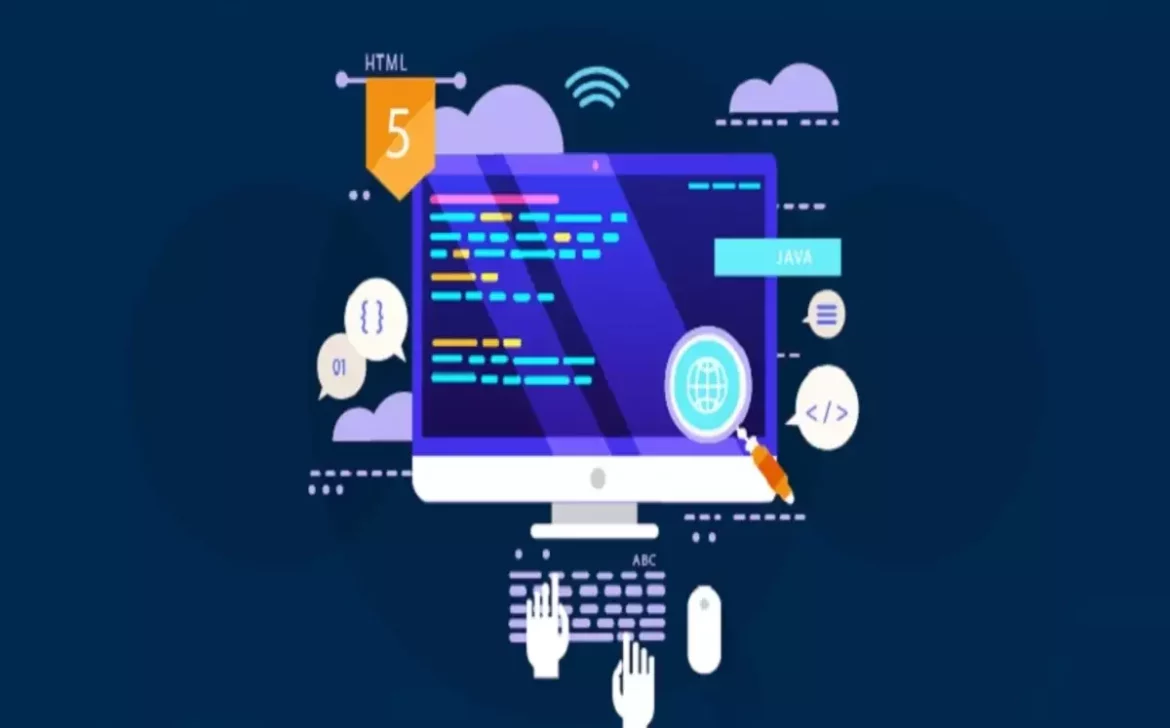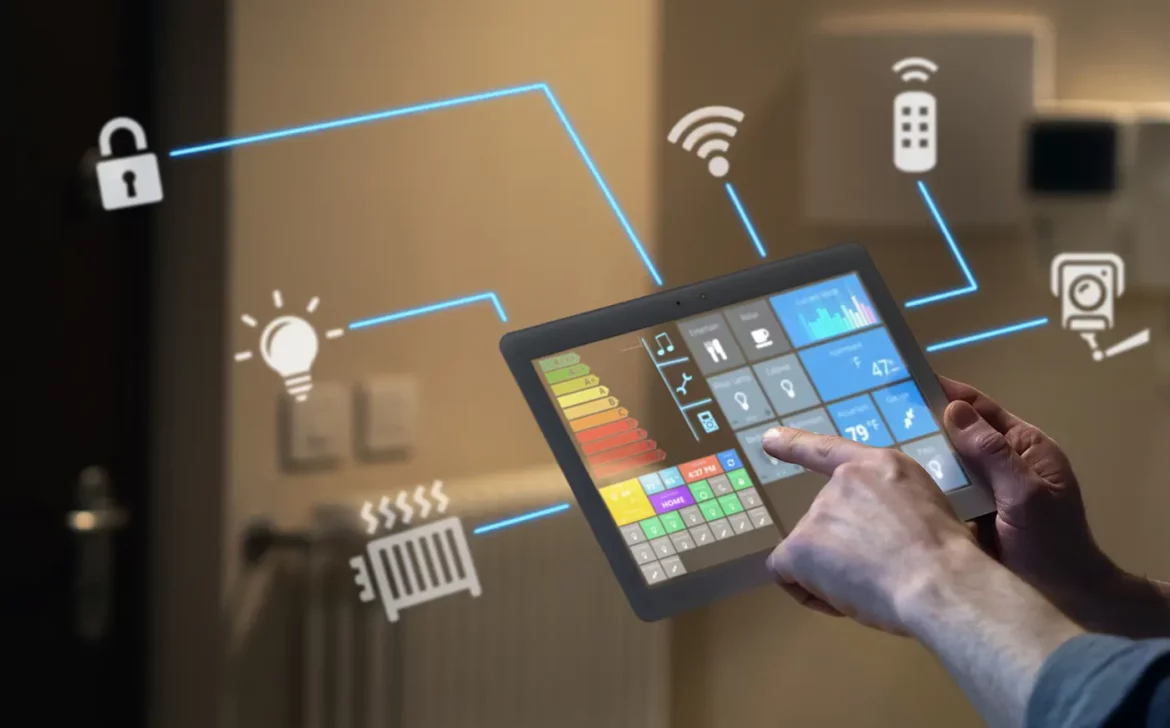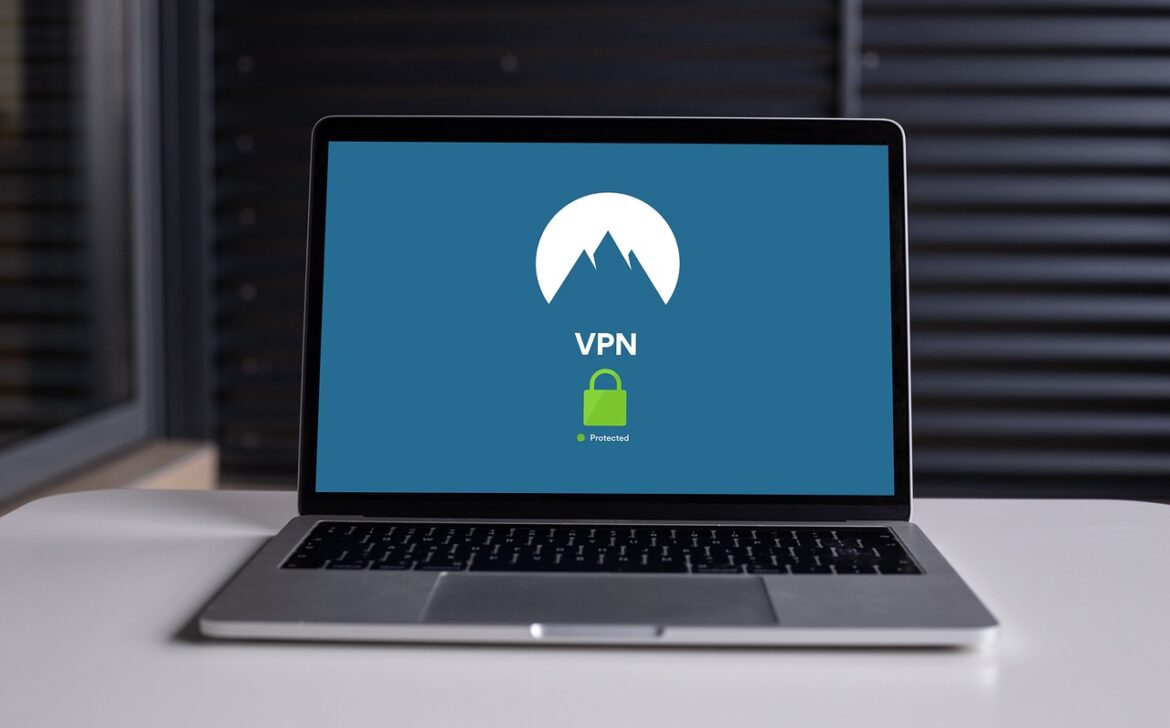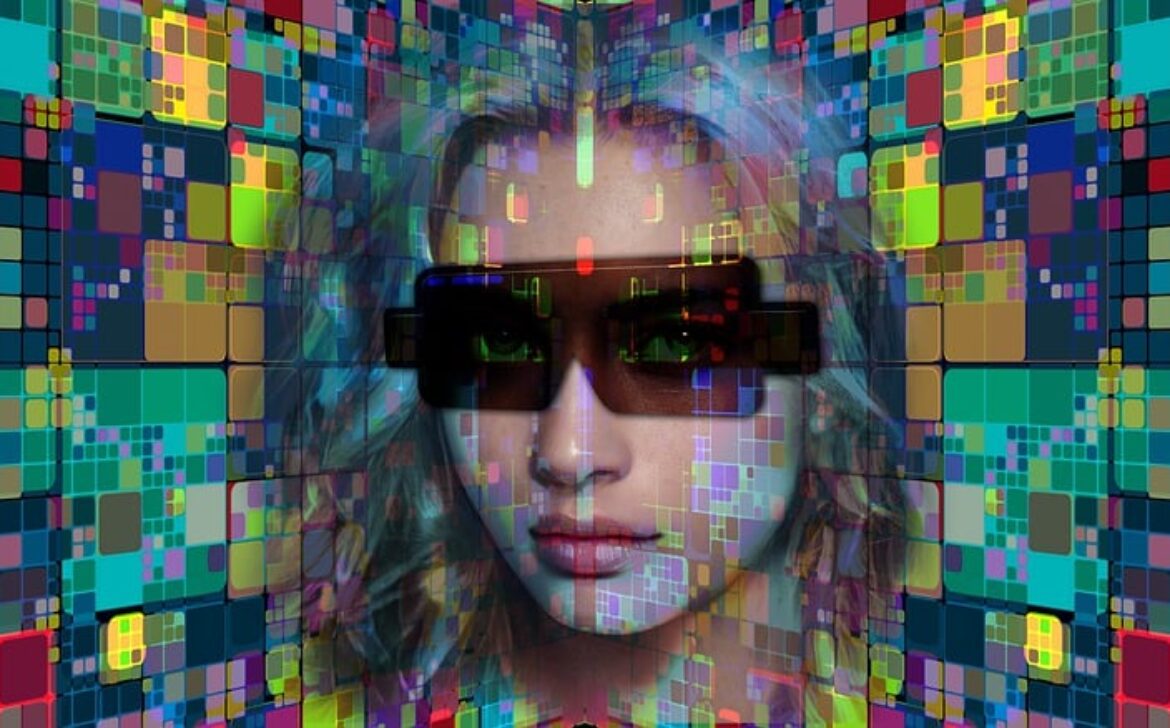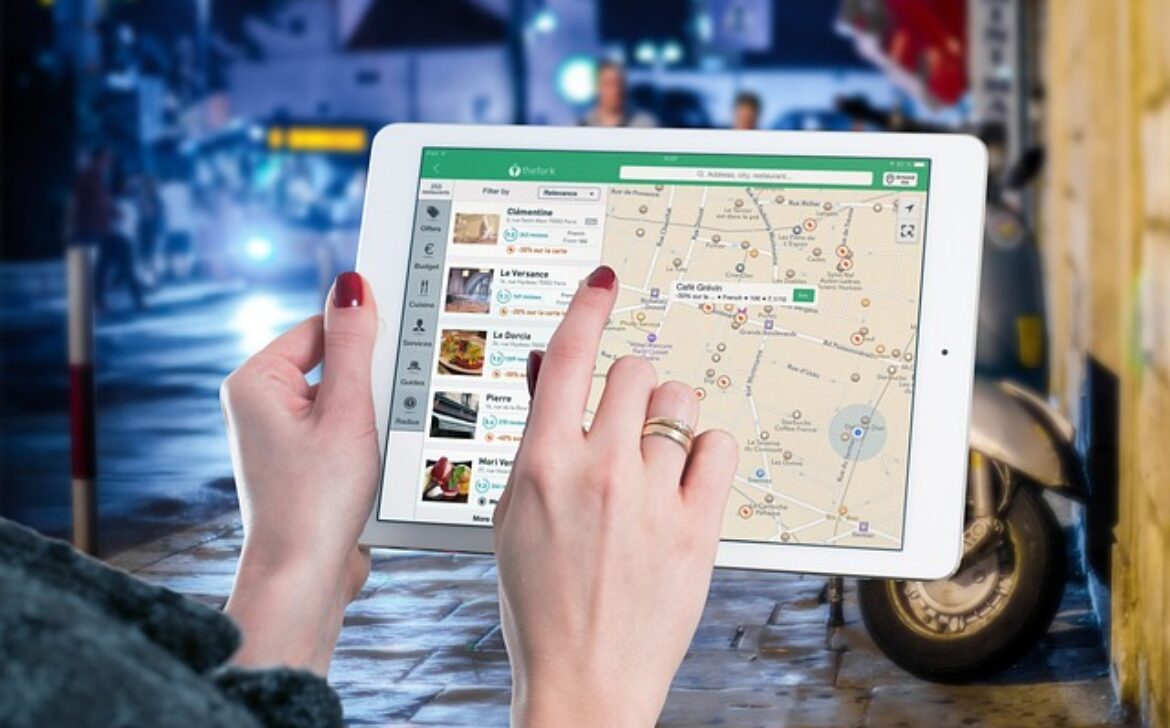AI in Art: The Intersection of Creativity and Machine Learning
The realm of art has long been regarded as a domain reserved for human creativity, emotion, and expression. However, in recent years, a new and exciting chapter has emerged in the art world: the integration of artificial intelligence (AI) into the creative process. As technology continues to advance, the intersection of AI and art is redefining traditional notions of creativity, pushing the boundaries of artistic expression, and sparking thought-provoking conversations about the relationship between man and machine.
The Rise of AI in Art
AI’s foray into art began with the creation of algorithmic art, where artists wrote code to generate visual patterns and designs. But the real game-changer came with the advent of machine learning techniques, particularly deep learning neural networks. These networks, inspired by the human brain’s structure, can analyze and learn patterns from vast amounts of data. As a result, AI models can now “learn” from existing artworks to produce new pieces or even mimic the style of famous artists.
Generative Adversarial Networks (GANs)
One of the most captivating applications of AI in art is Generative Adversarial Networks (GANs). GANs consist of two neural networks—the generator and the discriminator—locked in a creative duel. The generator creates art, while the discriminator evaluates it against real artwork. As they iterate, the generator strives to produce increasingly convincing art, and the discriminator sharpens its ability to distinguish real from artificial. This tug-of-war results in astonishingly realistic and imaginative pieces that challenge traditional notions of authorship.
Artistic Style Transfer
Another captivating aspect of AI in art is artistic style transfer. AI algorithms can analyze the visual style of one artwork and apply it to another image. For example, a photograph can be transformed to mimic the brushstrokes and color palette of a famous painter. This technique showcases how AI can blend the distinct styles of different artists, leading to mesmerizing and unique creations that meld the past and present.
AI as a Collaborator
Rather than replacing human artists, AI is increasingly being viewed as a collaborator—a tool that augments the creative process. Artists can input their ideas and parameters into AI algorithms, which then generate a multitude of possibilities. This symbiotic relationship between human imagination and machine learning capabilities has the potential to inspire groundbreaking art that transcends what either could achieve alone.
Ethical Considerations
As AI’s role in art continues to evolve, ethical questions arise. Who owns the rights to AI-generated art? How do we credit AI systems for their contributions? Can AI truly experience creativity, or is it merely mimicking patterns it has learned? These questions prompt us to reflect on the nature of creativity, the definition of authorship, and the implications of technology on human culture.
Opening New Avenues for Creativity
The integration of AI into art opens up new avenues for creativity and exploration. Artists can experiment with novel techniques and styles that were previously unattainable. Moreover, AI-generated art challenges us to reconsider preconceived notions of what constitutes “authentic” artistic expression.
Conclusion
The fusion of AI and art is a fascinating journey that highlights the dynamic interplay between human imagination and technological innovation. As AI-generated art continues to push the boundaries of creativity, it invites us to reevaluate our understanding of artistic authorship, creativity, and the ever-evolving relationship between humanity and machines. The collaboration between human artists and AI systems has the potential to revolutionize the art world, sparking new conversations and inspiring a renaissance of creativity that transcends the limitations of both man and machine.





